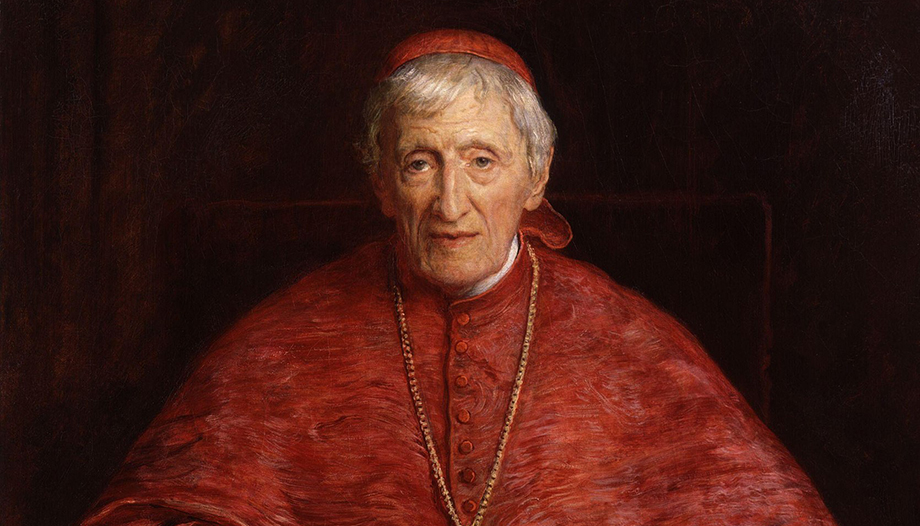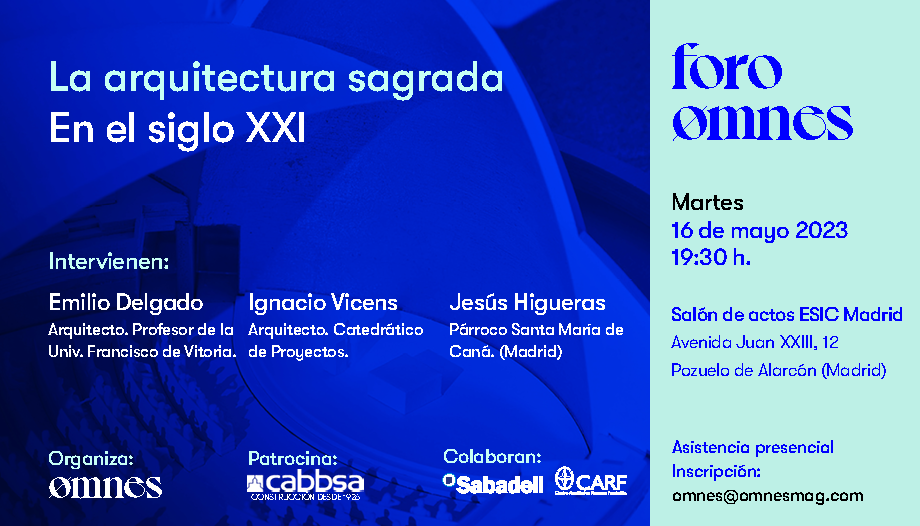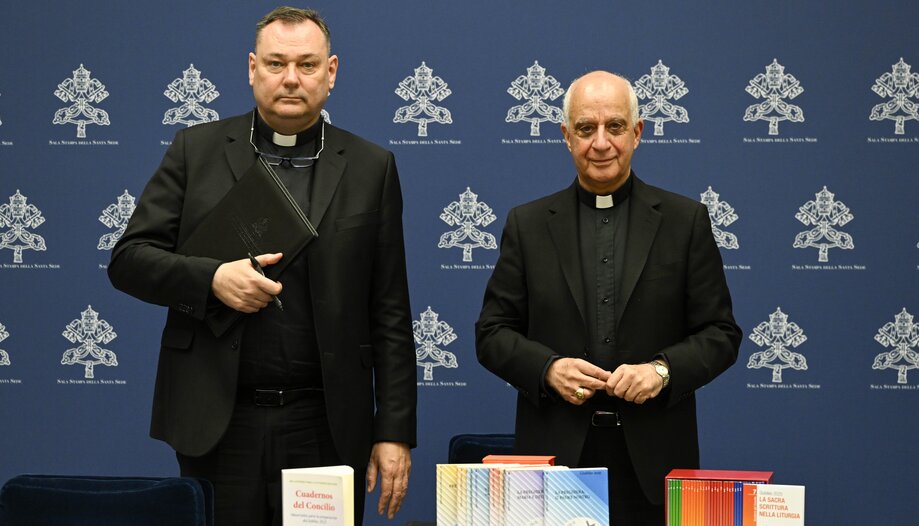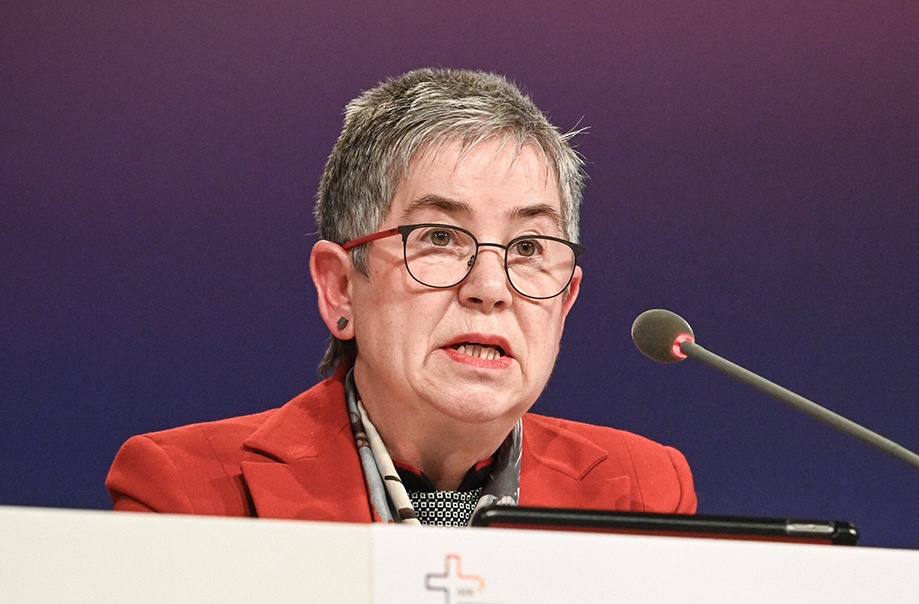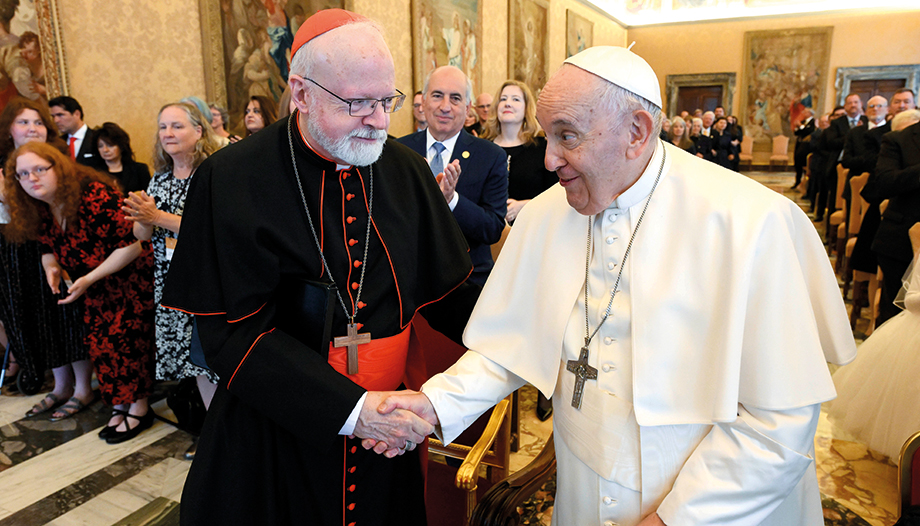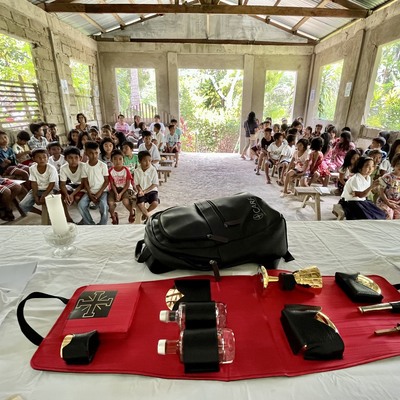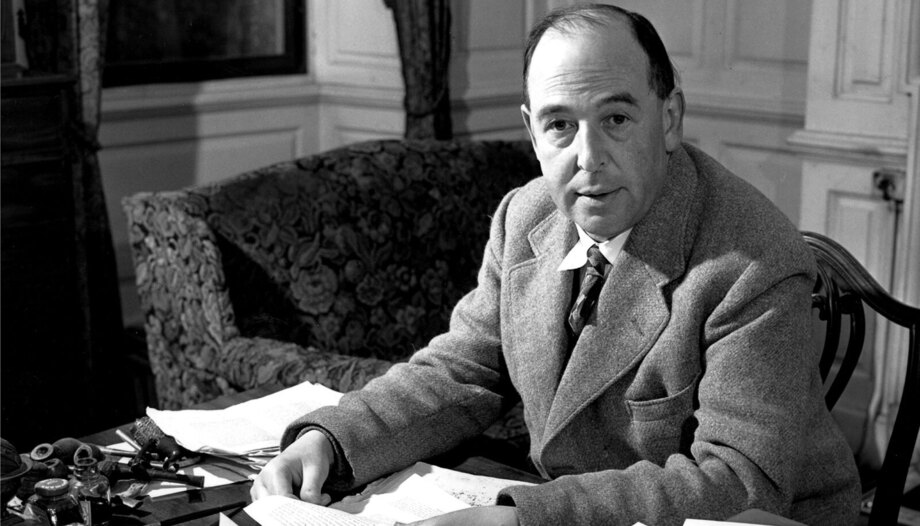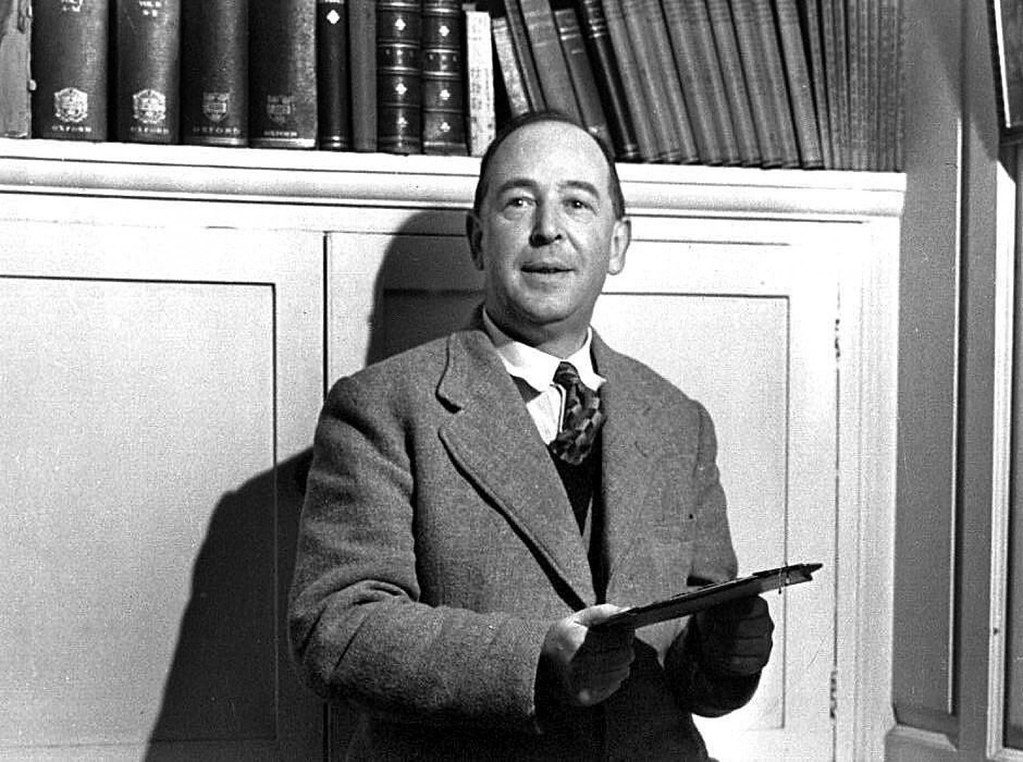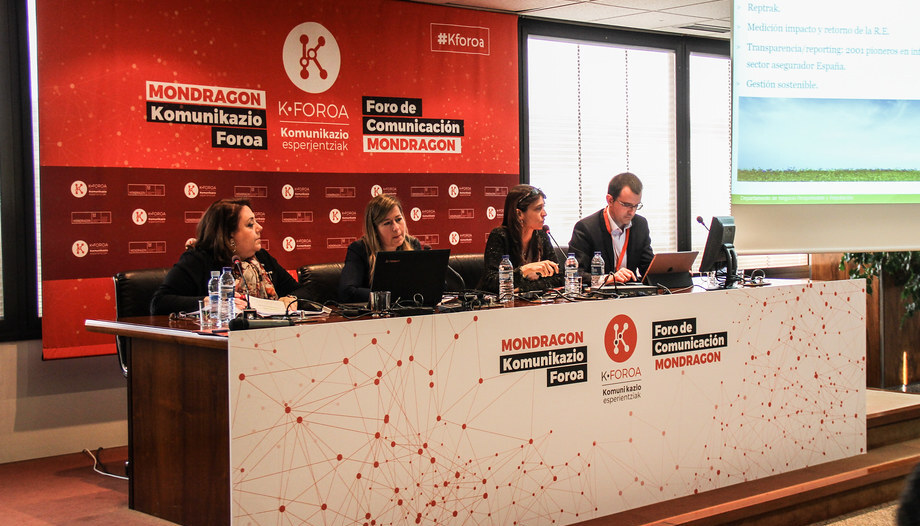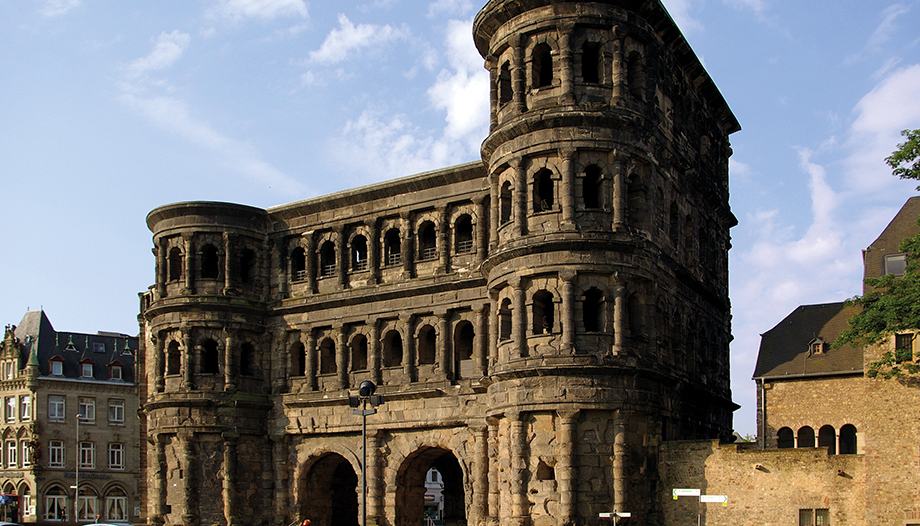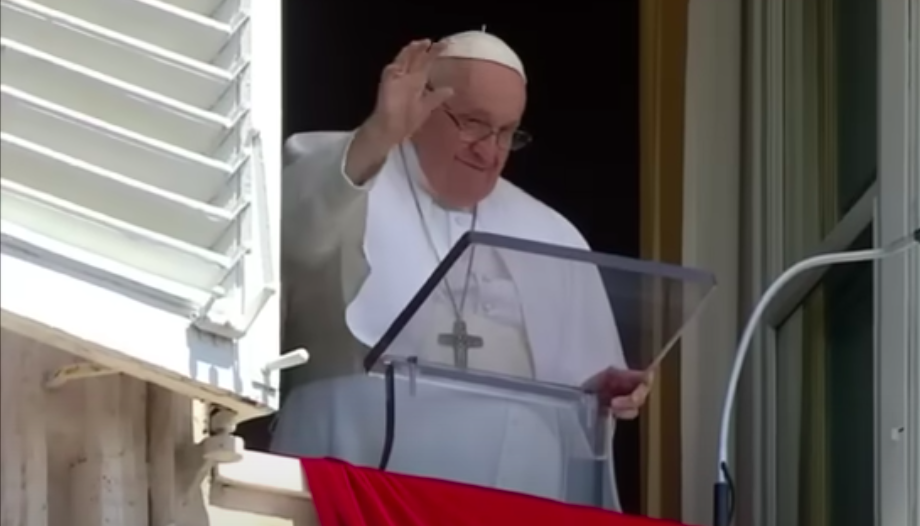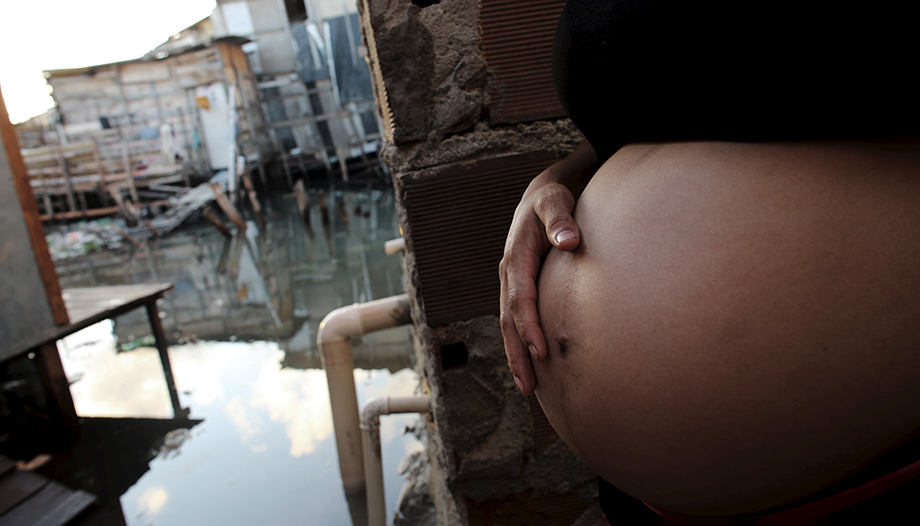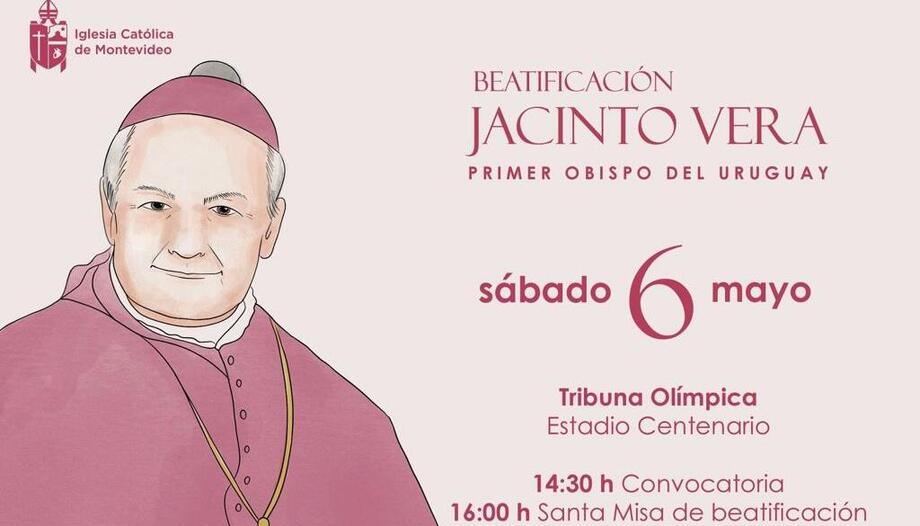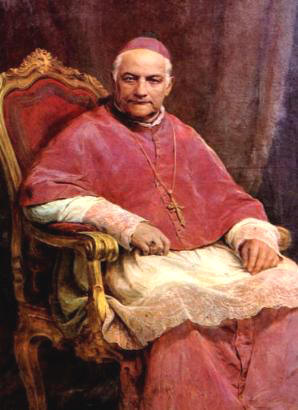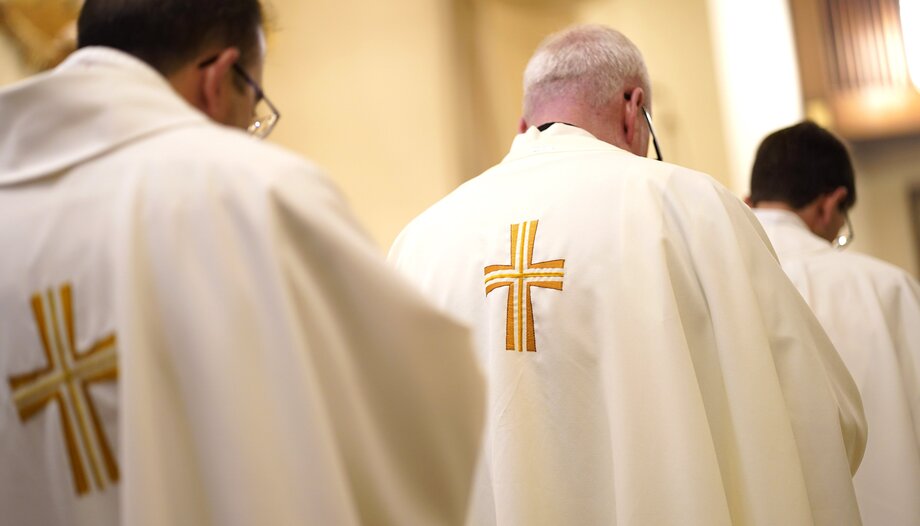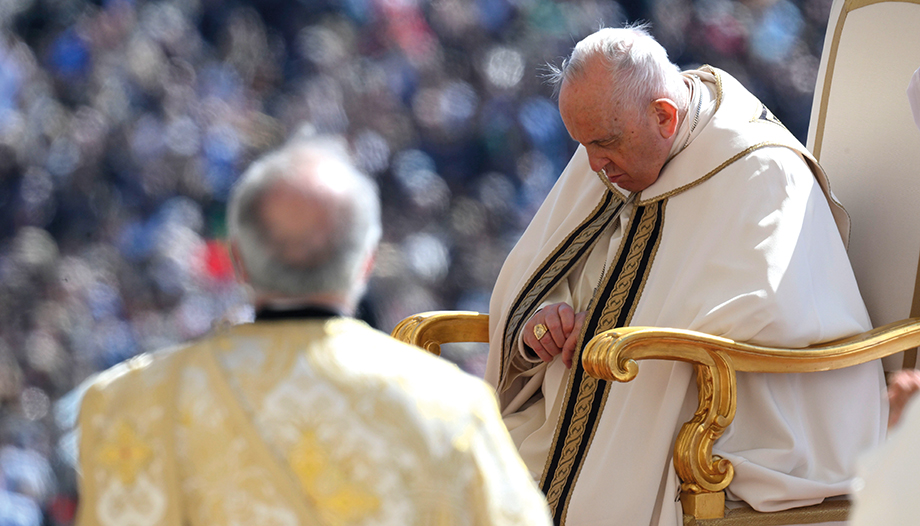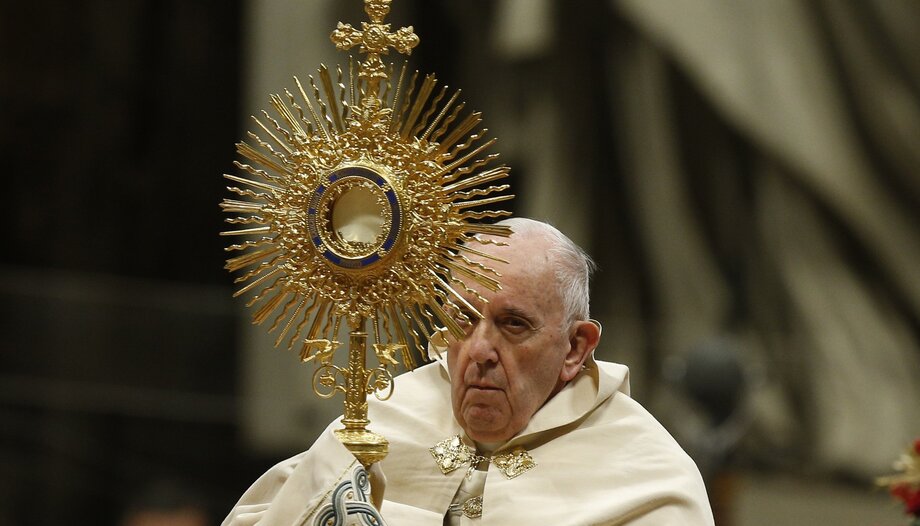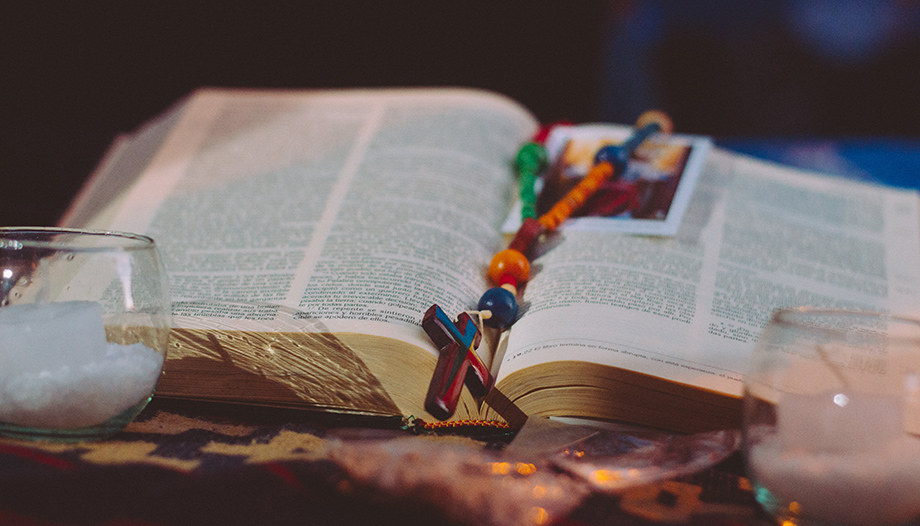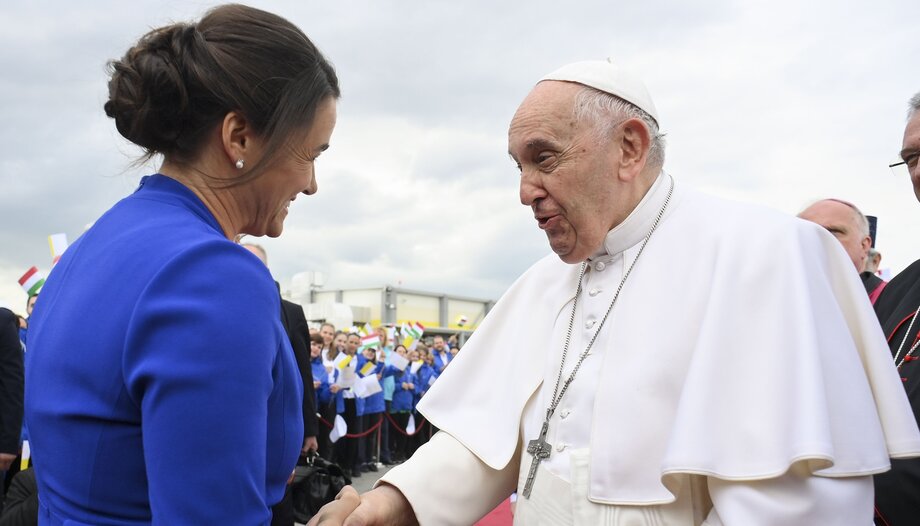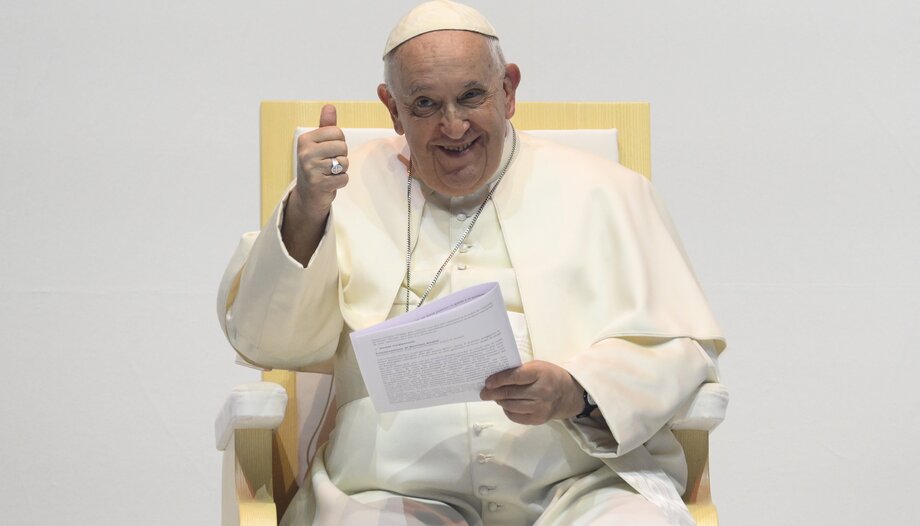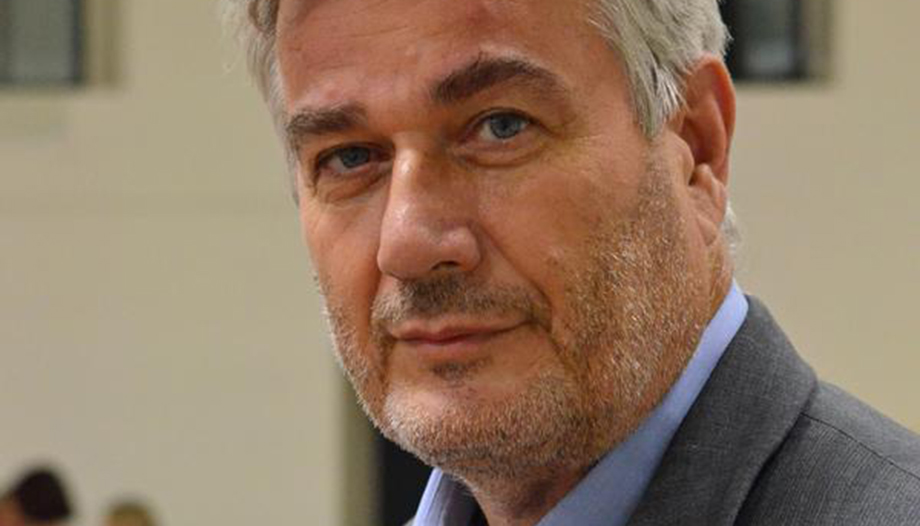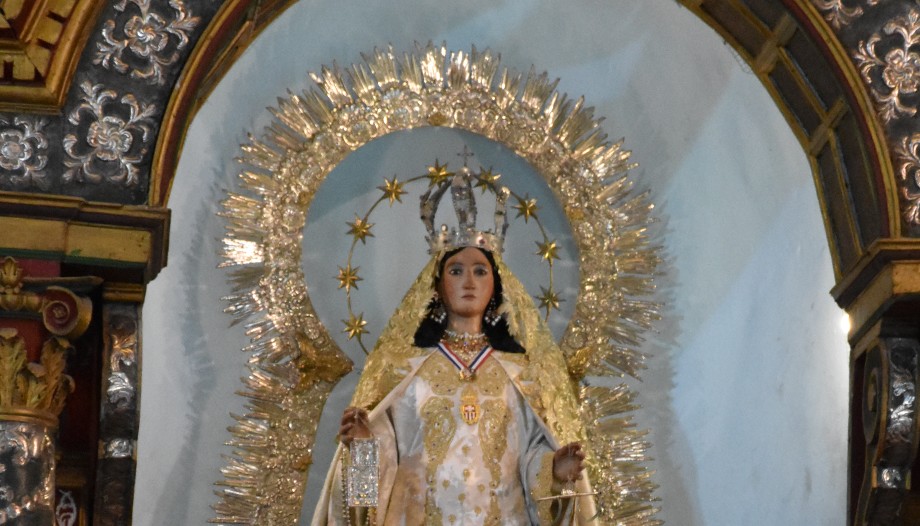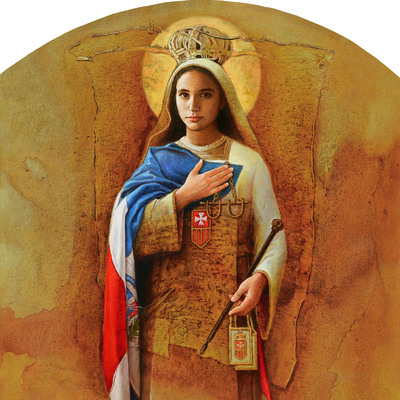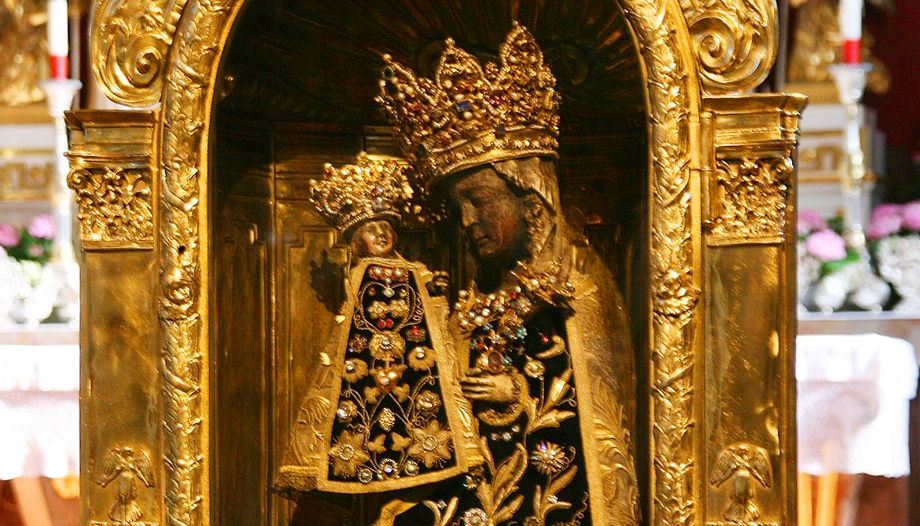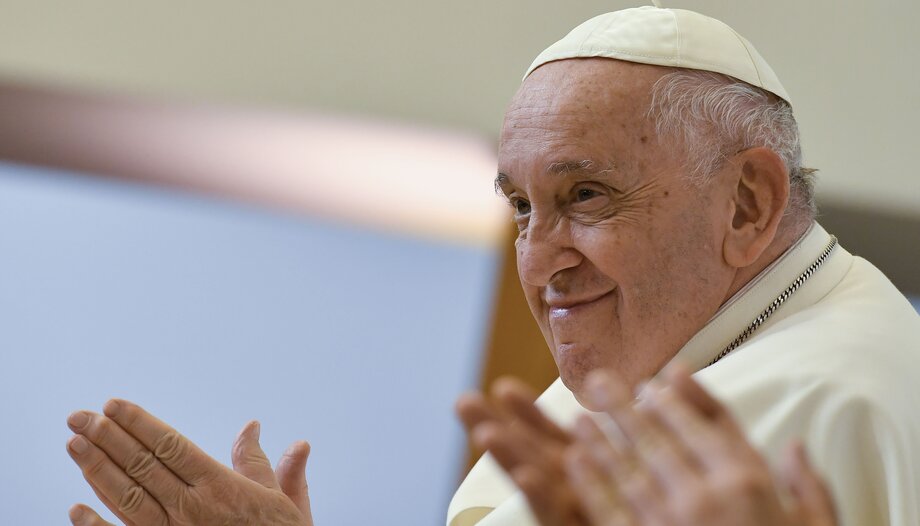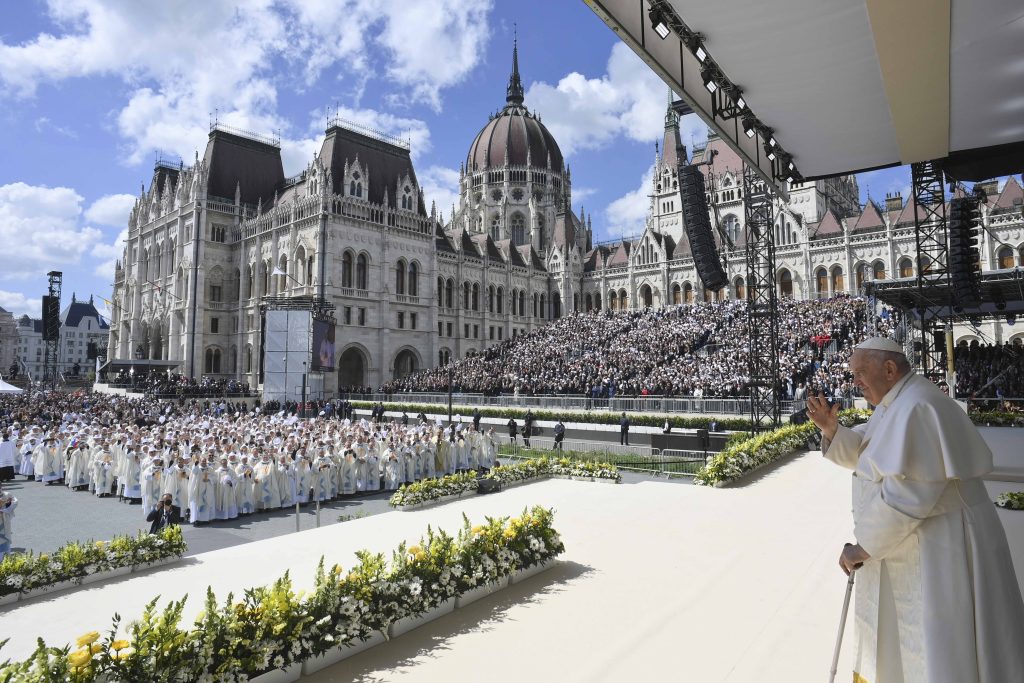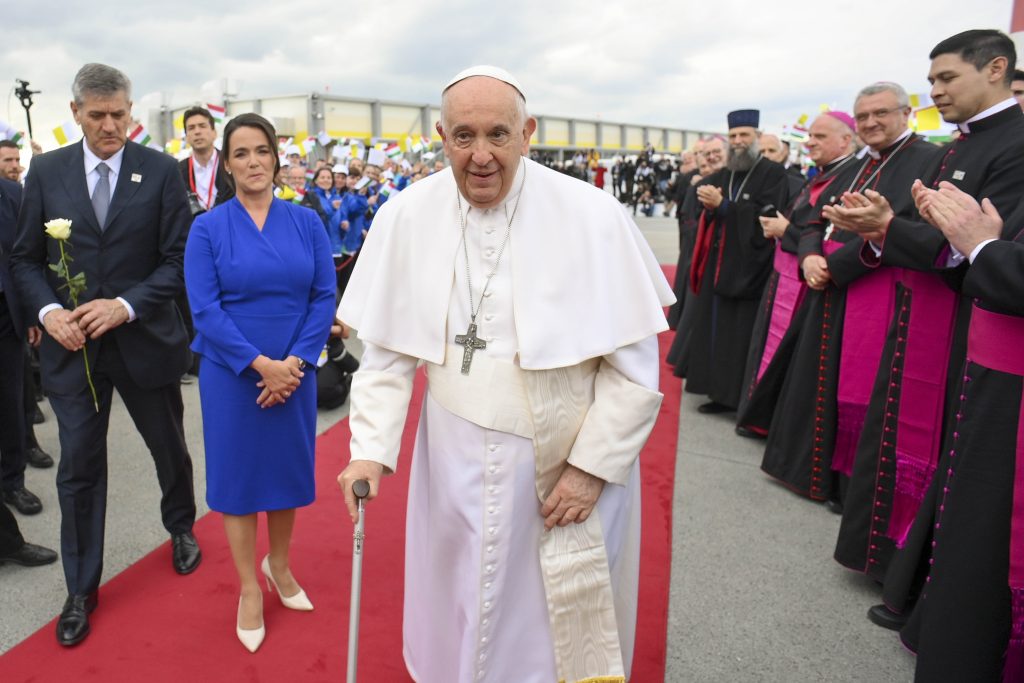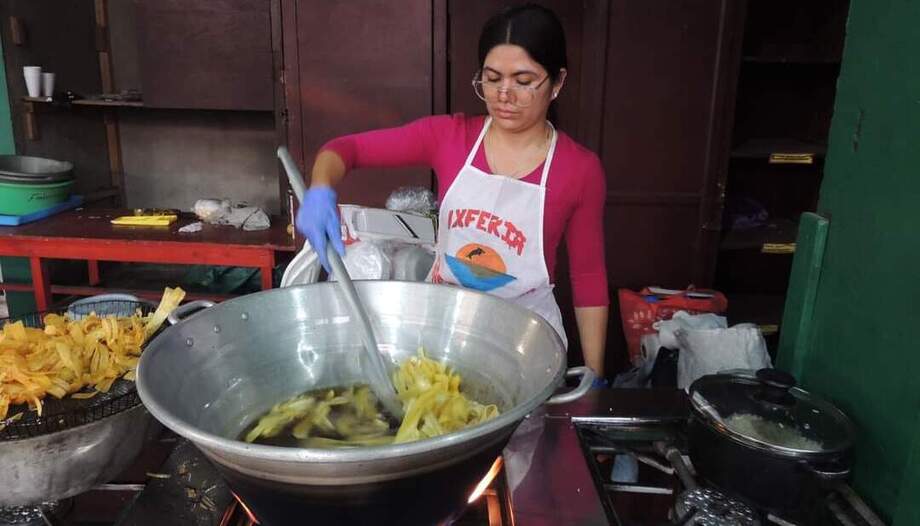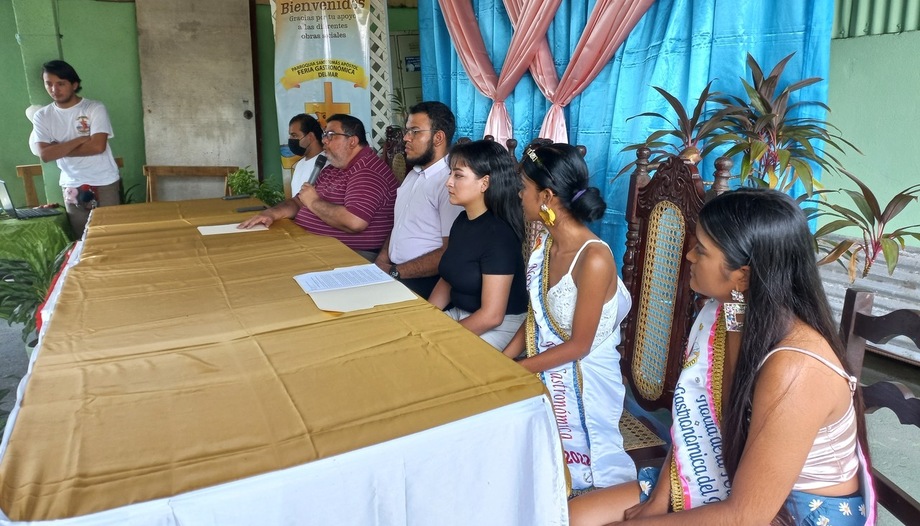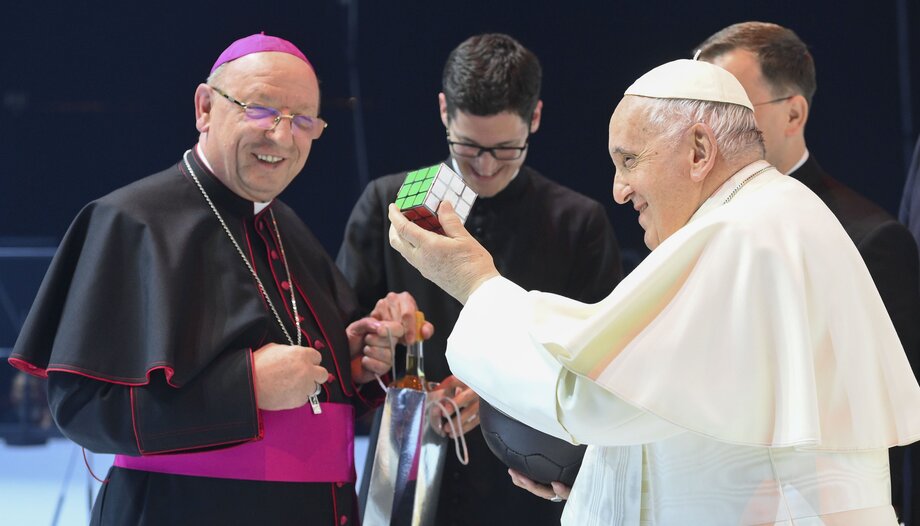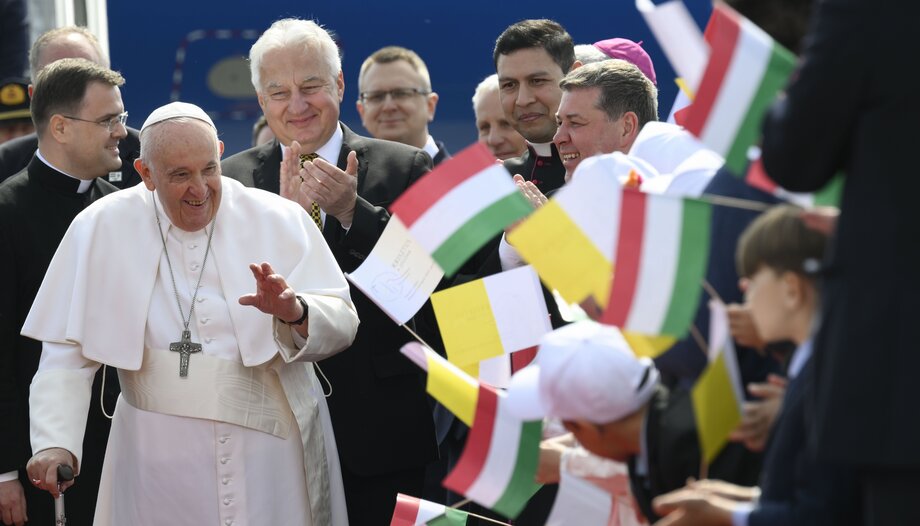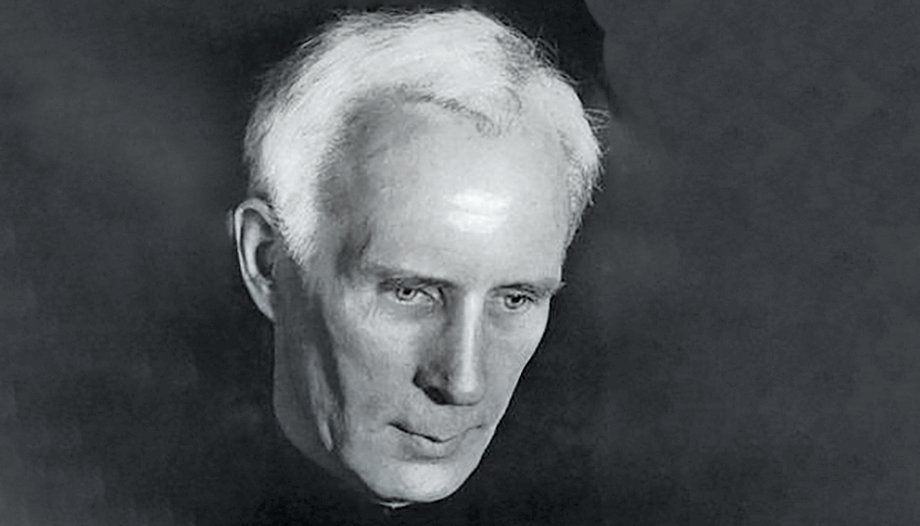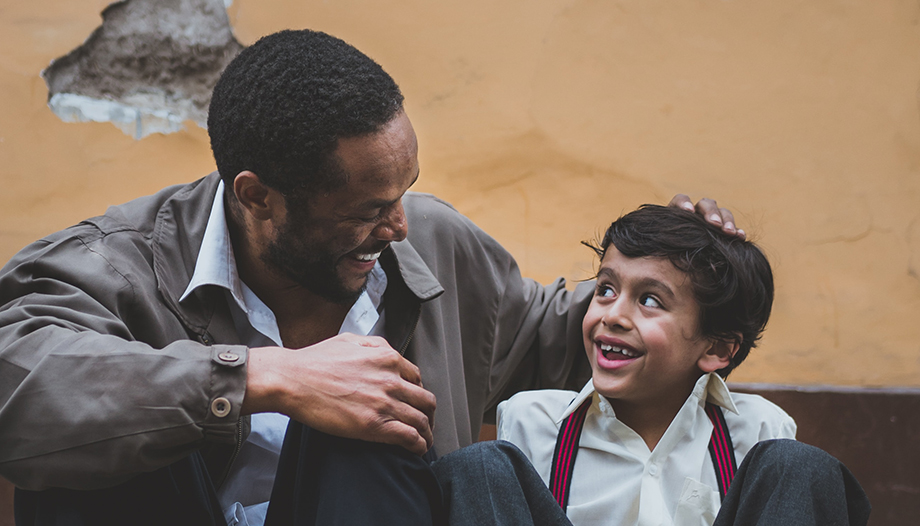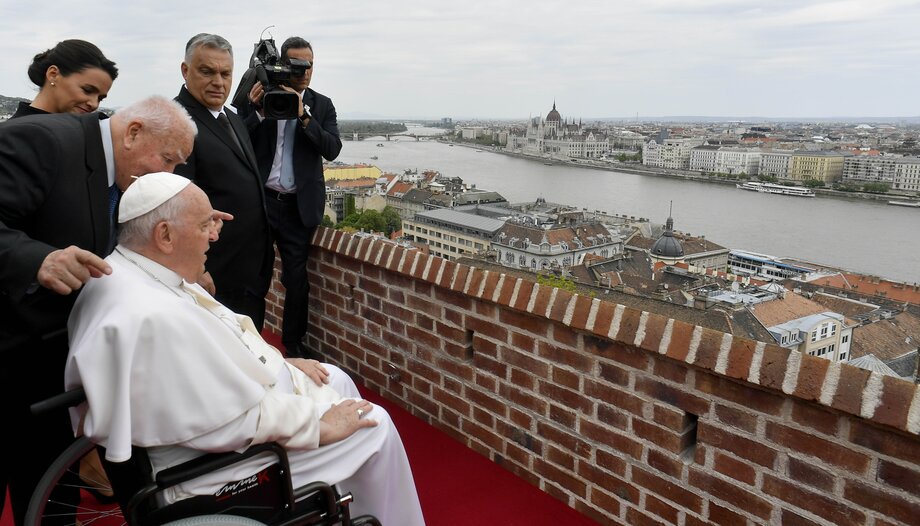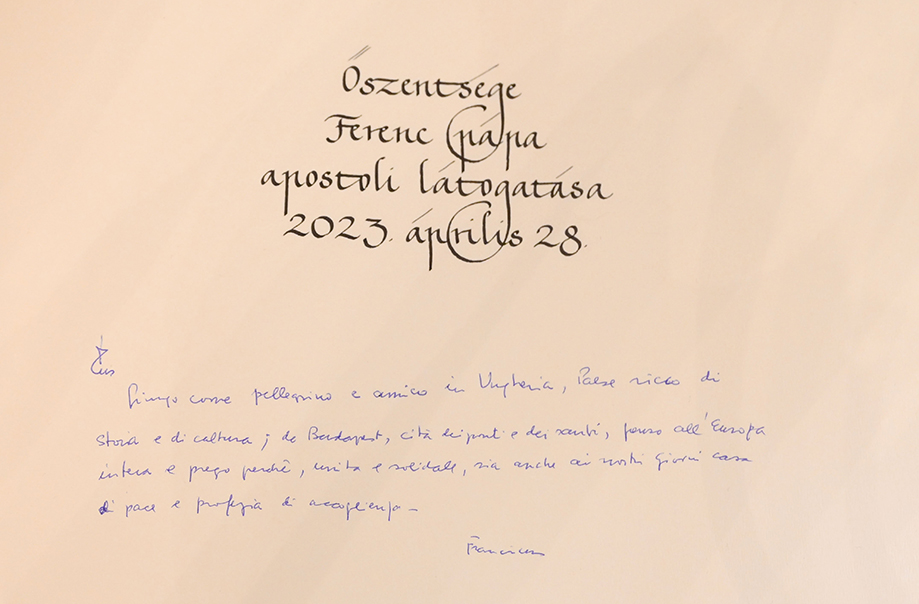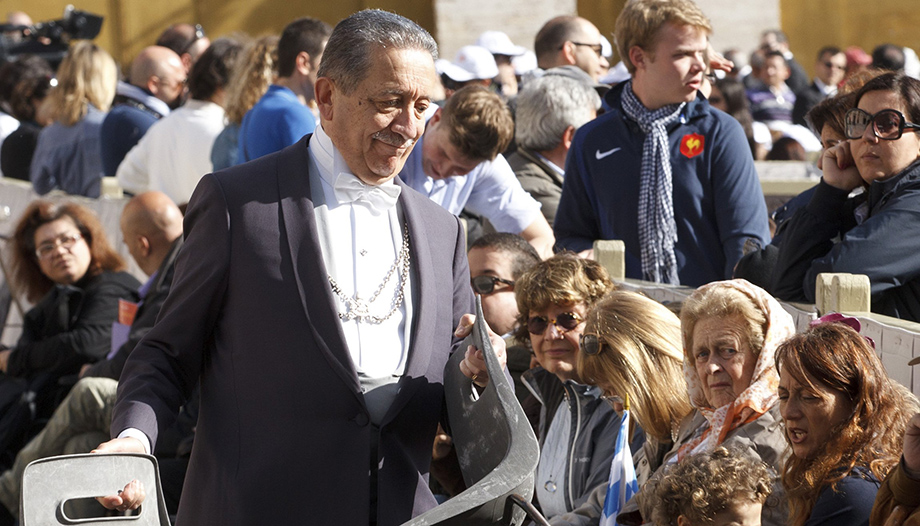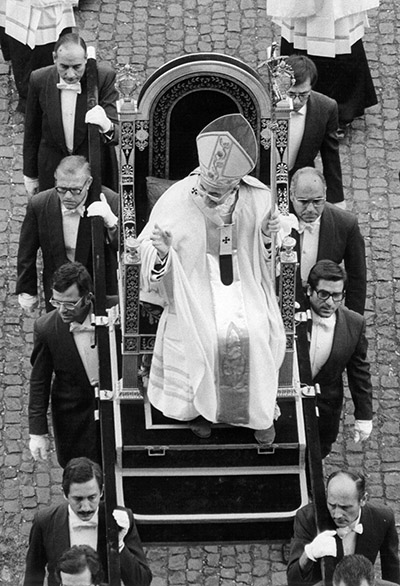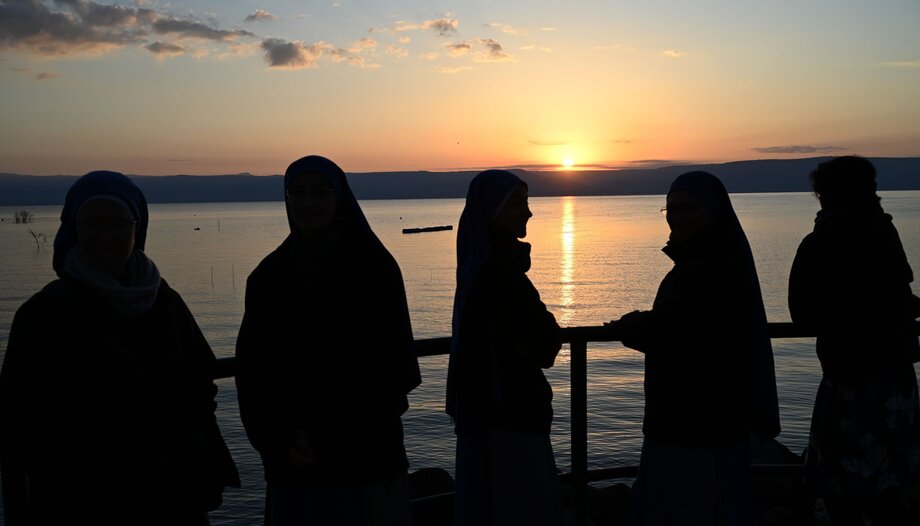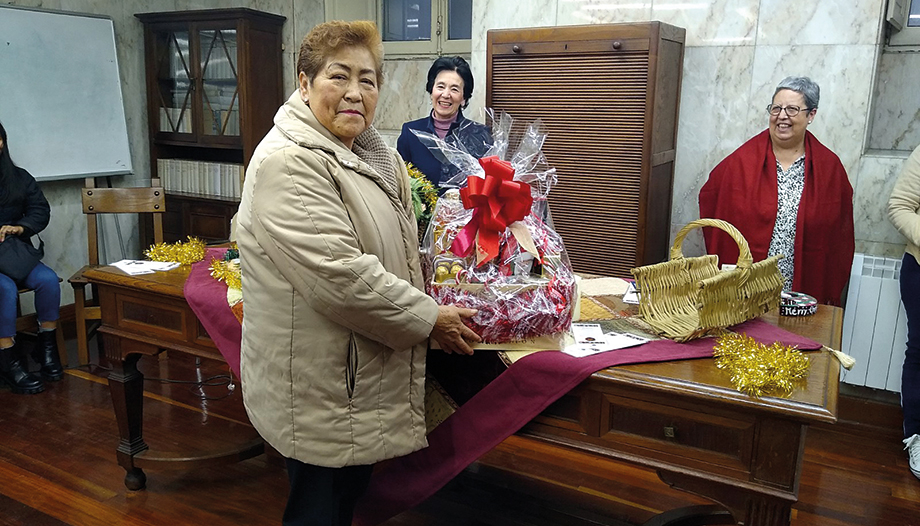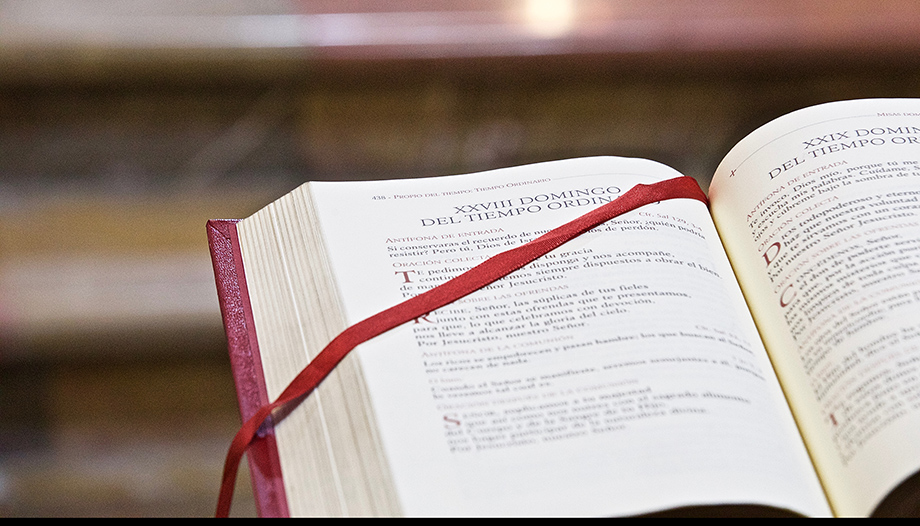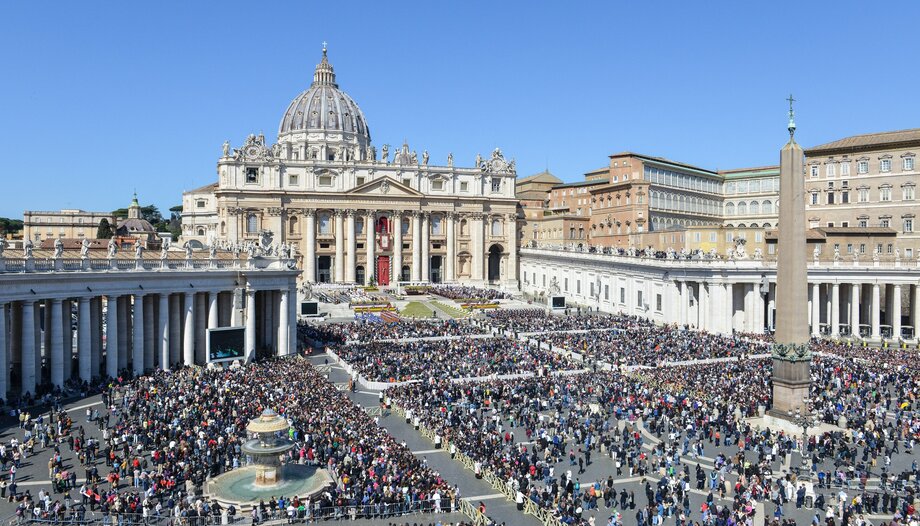Pope Francis presided over Wednesday's General Audience in St. Peter's Square together with His Holiness Tawadros II, Coptic Orthodox Patriarch of Alexandria, of the See of St. Mark, to commemorate a double anniversary.
On the one hand, as the Holy Father Francis said, "to celebrate with me the 50th anniversary of the historic meeting between Pope St. Paul VI and Pope Shenouda III in 1973. It was the first meeting between a Bishop of Rome and a Patriarch of the Coptic Orthodox Church, which culminated in the signing of a memorable joint Christological declaration, exactly on May 10".
"In remembrance of this event, His Holiness Tawadros came to see me for the first time on May 10 ten years ago, a few months after his election and mine, and proposed to celebrate every May 10 the "Coptic-Catholic Friendship Day" that we have been celebrating since then," added the Pope, who greeted "with great joy" Tawadros II and his delegation for having traveled to Rome, and thus recalled in his message in various languages, a customary feature of the Holy Father's Wednesday catechesis.
"We call each other on the phone, we send each other greetings and we remain good brothers, we have not quarreled! Dear friend and brother Tawadros, I thank you for accepting my invitation on this double anniversary, and I pray that the light of the Holy Spirit will illuminate your visit to Rome, the important meetings you will hold here, and in particular our personal conversations," the Pope noted.
"The Coptic martyrs are also our martyrs."
"I sincerely thank you," Francis added, "for your commitment to the growing friendship between the Coptic Orthodox Church and the Catholic Church. Your Holiness, dear Bishops and friends all, together with you I implore Almighty God, through the intercession of the Saints and Martyrs of the Coptic Church, to help us grow in communion, in a single and holy bond of faith, hope and Christian love."
"And speaking of the martyrs of the Coptic Church, who are also our martyrs," the Pope concluded his greeting, "I would like to recall the martyrs of the Libyan beach, who became martyrs a few years ago. I ask all present to pray to God to bless the visit of Pope Tawadros to Rome and to protect the entire Coptic Orthodox Church. May this visit bring us closer to the blessed day when we will be one in Christ. Thank you.
As reported by the agency Vatican official, Pope Francis and the Coptic Orthodox Patriarch jointly signed the preface to the commemorative book published by the Dicastery for Promoting Christian Unity on the occasion of the 50th anniversary of the historic meeting between Pope St. Paul VI and Pope Shenouda III.
Patriarch Tawadros II: peace and unity
The Coptic Orthodox Patriarch of Alexandria, for his part, congratulated Pope Francis in his brief address "on behalf also of the members of the Holy Synod and all the organs of the Coptic Orthodox Church on the tenth anniversary of his divine election as Pope and Bishop of Rome. I appreciate all that you have done during this time of service to the whole world in all fields, and I pray that Christ will preserve you in full health and grant you the blessing of a long life."
He also encouraged the path towards unity between the two Churches, invoking for the whole world "a peace that transcends all minds, praying that it may reach all places and be the priority of leaders and peoples".
"We have chosen love, even if we go against the current of the greedy and selfish world; we have accepted the challenge of love that Christ asks of us and we will be true Christians and the world will become more human, because the whole world will know that God is love and that this is his highest name."
"Let us walk together on the path of life," Patriarch Tawadros II noted, "bearing in mind that 'this is the promise he has made to us: eternal life' (1 Jn 2:25), accompanying and supporting one another with prayers in keeping with this promise. Despite the differences in our roots and affiliations, we are united by the love of Christ who dwells within us, and the multitude of our apostolic fathers and saints surrounds and guides us. I pray with you today that God will hear our prayers."
Example of St. Francis Xavier
On the resumption ofl cycle of catechesis on the 'passion for evangelization: the apostolic zeal of the believer', the Pope focused his meditation on the theme "Witnesses: St. Francis Xavier" (2 Cor 5:14-15.20).
"In our itinerary of catechesis on the witnesses of the Gospel, today we meet St. Francis Xavier. This Spanish saint is patron of the missions, along with St. Therese of Lisieux," the Pope explained. "Francis was born in Navarre and did his university studies in Paris. There he met Ignatius of Loyola, who accompanied him in the experience of the Spiritual Exercises. The encounter with Christ that he had during those days changed his life. Years later, Ignatius, Francis and other friends formed the "Society of Jesus", and placed themselves at the Pope's disposal to attend to the most urgent needs of the Church in the world".
Then, "sent to India as apostolic nuncio, Francis Xavier carried out an extraordinary evangelizing work, catechizing children, baptizing and caring for the sick. But his apostolic zeal impelled him to always go beyond what was known, and so he traveled to other places in Asia, such as the Moluccas and Japan, until he died with the desire to announce the Gospel in China".
Our Lady of Fatima: rosary for peace
"Next Saturday we will celebrate the memory of Our Lady of Fatima"Pope Francis also recalled. "Let us accept his invitation and pray the Rosary this month for peace in the world. May the Risen Lord accompany you, and may the Blessed Virgin Mary protect you".
In his greeting in Polish, the Pope made special reference to the doctors who, thanks to the Redemptoris Missio Foundation, will be working in the coming weeks to save the lives of women and mothers in the Central African Republic.
"St. Francis Xavier teaches us that the proclamation of the Gospel on the peripheries of the world always goes hand in hand with medical and educational assistance," the Holy Father recalled. "This support, as well as our prayer for peace, is also necessary for the martyred Ukraine. As you participate in the Marian prayers of May, praying the Rosary, remember especially the women and children afflicted by the war. I bless you from my heart!" Pope Francis said.
In his greeting to the Spanish-speaking pilgrims, the Pope encouraged: "Let us ask the Lord, through the intercession of the holy shepherds of the Church - such as St. John of Avilamay he help us to always extend the horizons of our mission and strengthen us to love and serve him in every circumstance. May Jesus bless you and the Holy Virgin watch over you. Thank you very much.





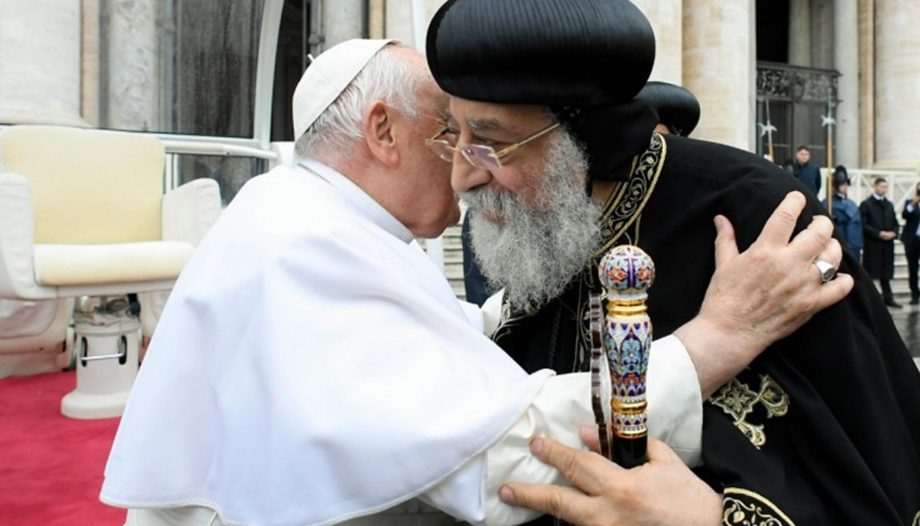





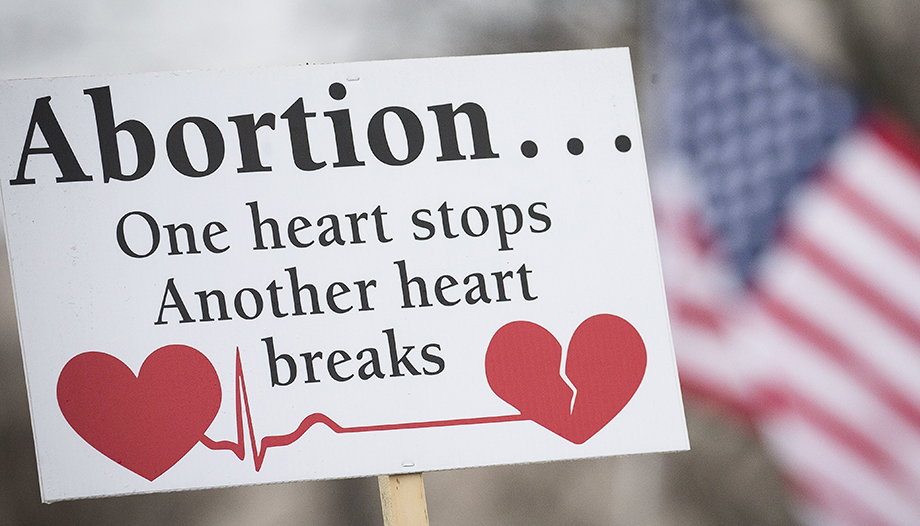

 Pan-Orthodox Council: overcoming disagreements to return to a common direction
Pan-Orthodox Council: overcoming disagreements to return to a common direction